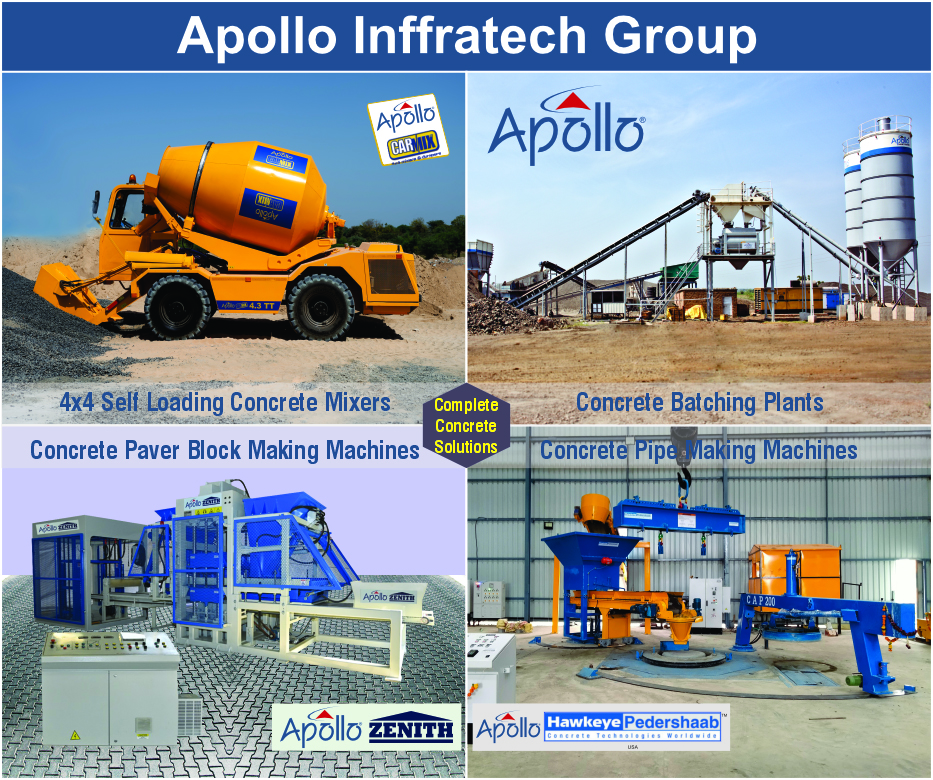A Forbes Technology Council article by Francesco Iorio highlights how artificial intelligence (AI) is set to ease severe labor shortages in the construction industry without displacing human workers. Iorio explains that AI solutions will empower skilled tradespeople to work more effectively and efficiently, addressing gaps caused by an aging workforce and project delays.
The article details several AI-driven innovations already proving their value on job sites. Intelligent scheduling platforms analyse real-time project data—such as crew availability, individual skill sets and equipment status—to optimize workforce deployment, reducing downtime and improving productivity by up to 15 percent in early trials. Predictive maintenance systems use sensor feeds and machine-learning algorithms to forecast equipment failures before they occur, cutting unplanned repairs and keeping projects on schedule.
Robotics and automation also play a key role. Autonomous machinery—like AI-guided forklifts and material handlers—can handle repetitive or hazardous tasks, freeing human workers to focus on complex jobs that demand creativity and decision-making. Meanwhile, augmented reality (AR) tools overlay digital instructions onto physical structures, speeding up assembly, reducing errors and improving on-site safety.
Iorio concludes that although AI adoption requires investment in worker training and robust data infrastructure, its capacity to optimise resources, enhance safety and streamline operations makes it indispensable for the future of construction. As firms embrace these technologies, collaborative workflows between humans and machines are poised to become the industry standard.










